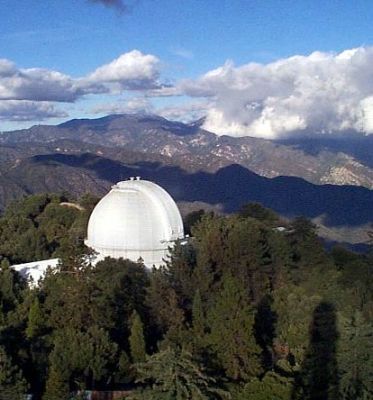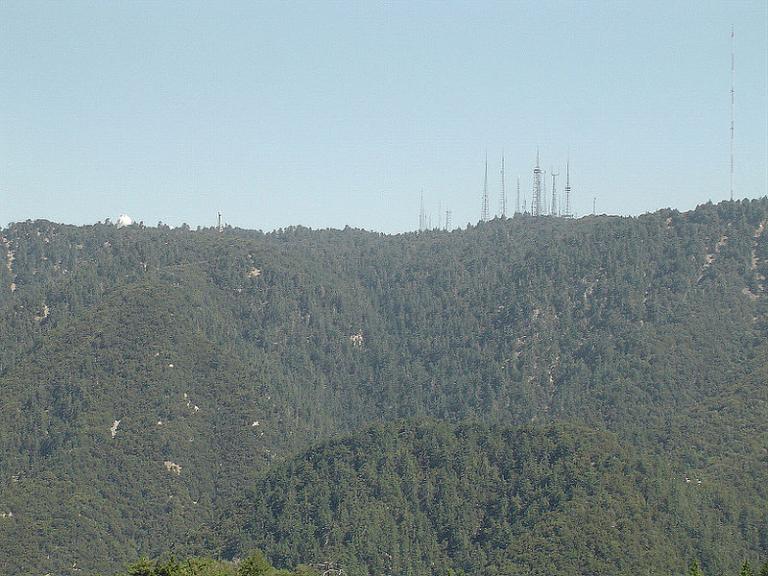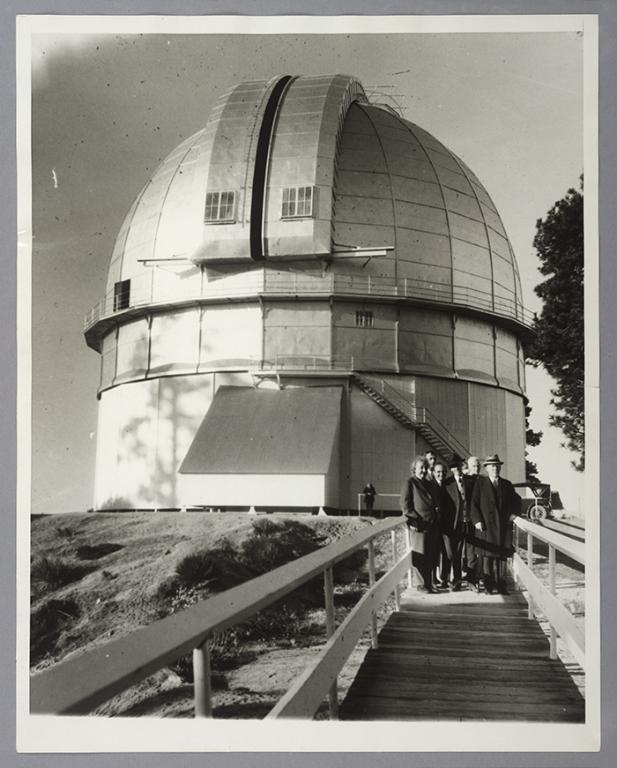
Growing up in San Gabriel, California, I saw Mount Wilson — a peak in the San Gabriel Mountains — on most days. It was the dominant feature of the local horizon, as well as my reliable indicator of north. Its most obvious and striking features were the television and radio antennas, but it was also easy (when we were in the right location and when the smog wasn’t too bad!) to see at least some of its astronomical observatories.

I simply didn’t appreciate what I was looking at.
To me, when I was quite small, Mount Wilson represented an occasional opportunity to escape classes and go on a school field trip. Now I understand more fully what a remarkable place it was and is.

***
News out of Provo:
***
Interesting:
“Pompeii: Vesuvius eruption may have been later than thought”
This is one thing in ancient history and archaeology that I think most people imagined we had nailed down, with no serious controversy or doubt about it. It turns out that there has been dispute on the matter for some time, and this new discovery certainly feeds that.
***
It’s amazing to think what might lie, undiscovered, right under our feet:
And this find is so shallow, in such a well-worked, prosperous, and politically stable area. Think about places that are far less well-explored.
***
Science is an extraordinarily productive collection of related methods to be applied, not a rigid dogma to be imposed and slavishly received:
***
One of my recurrent themes here has been that, like every other academic or scholarly discipline and, for that matter, like every other human enterprise altogether, science is done by people. A few folks have decided to view that as an attack on science itself, which it emphatically isn’t. (It plainly suits their ideological or personal agendas to do so.) But, in any case, here’s an essay that, despite some biases and some assumptions that I don’t share, takes a position on the humanity of scientists that isn’t altogether different from my own. Minor alert: At one or two points, including the title, Dr. Burnett’s language is a bit colorful by Latter-day Saint sacrament meeting standards, which (of course) isn’t especially difficult to achieve:
***
Here’s yet another movie that I’m going to have to see:











